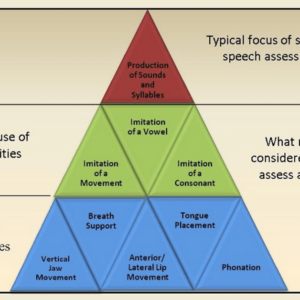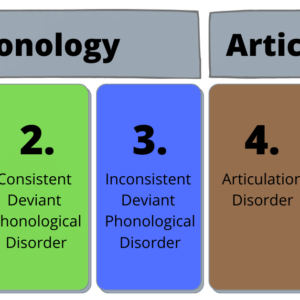Executive Function 201: Increasing Client Motivation and Self-Direction
$15.00

Course Type: Video – 1 hour
ASHA Course Code: Developmental Language Disorders – 3010
Use research on Executive Function to increase student motivation and their ability to stick with tasks.
Strategies for executive function can be incredibly successful, but there are a number of students who still have no success despite multiple interventions. This course presented strategies and interventions to increase inherent motivation to perform tasks and learn new skills.
Additional Information
| Population | Adult, Early Childhood, School Age |
|---|---|
| Duration | 1 hour |
| Credit | .1 Continuing Education Unit |
| Topics | Exp/Rec Language |
| Format | Video |
Financial Disclosure: Scott Prath, M.A., CCC-SLP is a salaried employee of Bilinguistics. Bilinguistics receives royalty payments for online courses.
Non-Financial Disclosure: Scott Prath does not have any non-financial relationships to disclose.
Common descriptions concerning what executive functioning skills are, how the brain develops these skills, and what happens when the skills are not present, are straight forward. In fact, most resources on executive function follow this trajectory in teaching about executive functions. Like every theory on education though, most models cover 95% of the information on a topic but no model is ever 100% accurate in describing the disorder or learning process that they set out to teach.
Normally, as educators we know this and accept it because we still get the majority of the information that we need to make changes in our students’ lives. However, in the case of Executive Function, missing out on this 5% can be the difference between success and mediocre results. Sometimes we invest a lot of time into teaching a child strategies, and there is still little or no success because there is an assumption that this model makes:
We are assuming that the child is 1) motivated to learn and 2) determined to improve and see the whole process through.
Without motivation and determination, a child can have all the strategies in the world and not improve. This course teaches how to increase motivation and self-determination when progress is not typical or when a student plateaus.
Participants will:
Explain why strategies for executive function might not work
Contrast motivation and self-determination to explain how they influence outcomes in an academic setting
Demonstrate 4 strategies to increase motivation and self-determination
Time-Ordered Agenda:
02 minutes–Introductions and disclosures
05 minutes– Why are Executive Functions Important
10 minutes– Addressing executive function deficits with difficulties of motivation
10 minutes– Connecting Motivation and Executive Function
10 minutes– The Relationship between Executive Function and Internal Command Pathway
20 minutes– Strategies to Increase Motivation and Determination
03 minutes- Closing
Need CEUs?

 Share
Share
 Tweet
Tweet
 LinkedIn
LinkedIn
 Pin
Pin
 Email
Email







